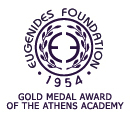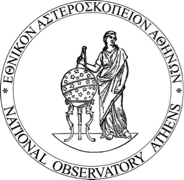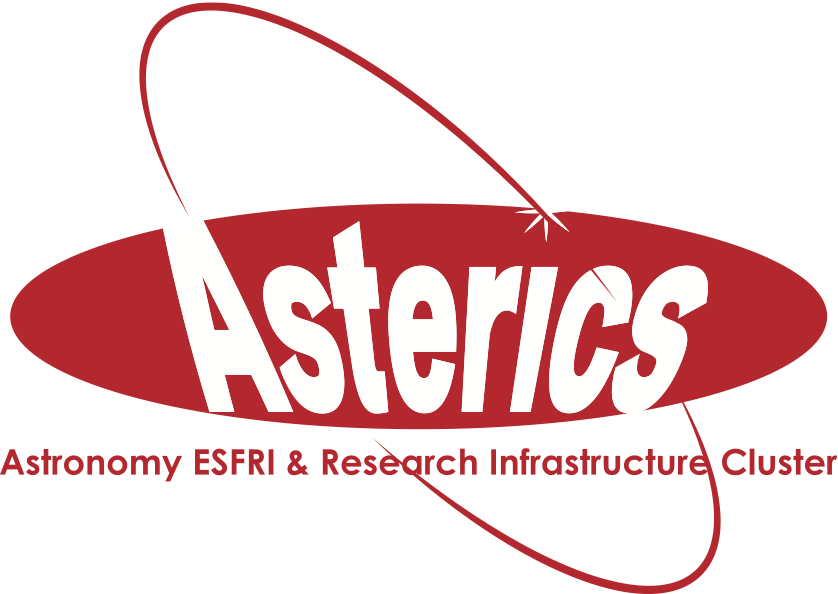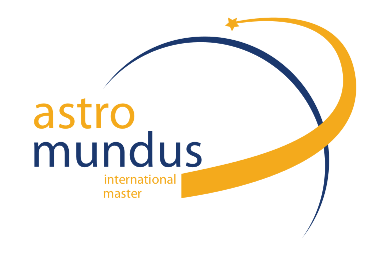Symposium S16
6 – 8 July 2016
Frontiers of massive-star evolution and core-collapse supernovae
News:
The symposium S16 will take place from Wednesday 6 July to Friday 8 July 2016. Registration and abstract submission are open. We have allocated significant time for contributed talks and we also welcome applications for posters. The deadline for abstract submission is 15 March 2016 .
Aims and scope
We aim to bring together observers and theoreticians whose diverse interests are related to how massive stars evolve and die as core-collapse supernovae. We particularly hope to foster collaboration between observers and theorists by having a programme that is balanced between observational and theoretical work.
Recent surveys such as Pan-STARRS, the Palomar Transient Factory, and PESSTO have led to a revolution in the number and types of supernovae detected, a trend that will accelerate in future large surveys such as Euclid and LSST. Better observational data has led to equally strong progress in theoretical stellar evolution, and modelling of stellar winds and supernovae.
Our goal is to discuss recent developments and the most pressing challenges in massive
star evolution and SNe. We also intend to identify future avenues to explore in an open
discussion session led by the organisers.
Questions that will be discussed at the symposium include:
- What are the current observational and theoretical constraints on mass-loss rates in different evolutionary stages?
- What are the effects of mass loss on massive star evolution?
- How is massive star evolution modified by binary interaction, and how can this be distinguished from single star evolution?
- How do SN progenitors and their environments constrain stellar evolution?
- What do theoretical models tell us about how supernova light curves and spectra are formed, and how we can use these for diagnostics?
- What is the origin of the exotic class of newly discovered superluminous supernovae?
Programme
- Latest observational constraints on mass loss in massive stars
- Massive star evolution and mass loss
- Effects of binarity and multiplicity in massive star evolution
- Supernova progenitors, interacting supernovae and impostors
- Theoretical modelling of supernova light curves and spectra
- Superluminous supernovae and other peculiar explosions
Invited speakers
- Selma de Mink (Amsterdam)
- Miriam Garcia (Madrid)
- Raphael Hirschi (Keele)
- Raffaella Margutti (New York State)
- Sergei Blinnikov (Moscow)
- Andrea Pastorello (INAF-Padua)
Scientific organisers
Morgan Fraser (University of Cambridge)
Jose Groh (Trinity College Dublin)
Cosimo Inserra (Queen's University Belfast)
Anders Jerkstrand (Queen's University Belfast)
Jorick Vink (Armagh Observatory)
Contact
jose.groh @ unige.ch
c.inserra @ qub.ac.uk
Updated on Fri Jan 22 15:06:46 CET 2016
|

 A power cut will shut down all EAS services on Tuesday, 10 January 2017 starting at 7:30 CET.
A power cut will shut down all EAS services on Tuesday, 10 January 2017 starting at 7:30 CET.












